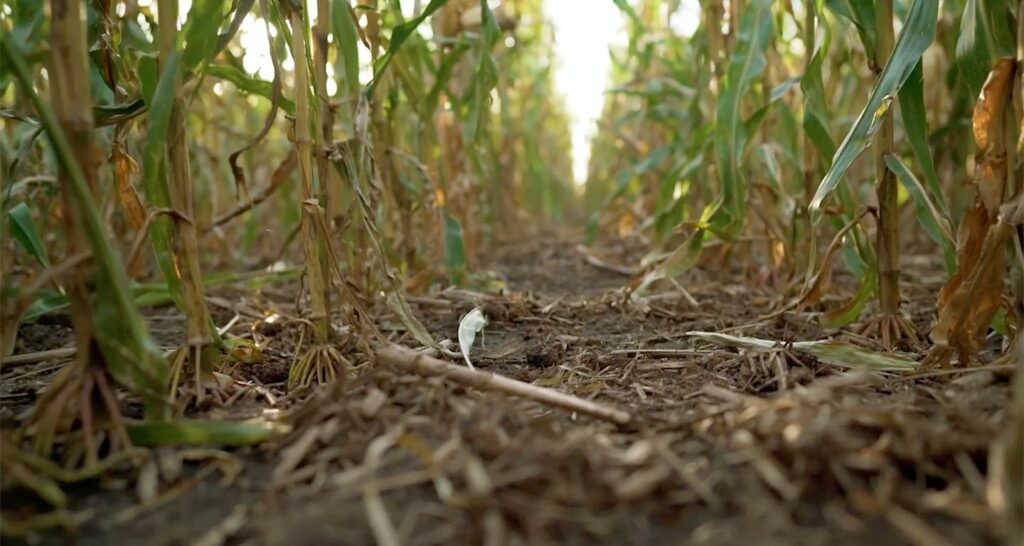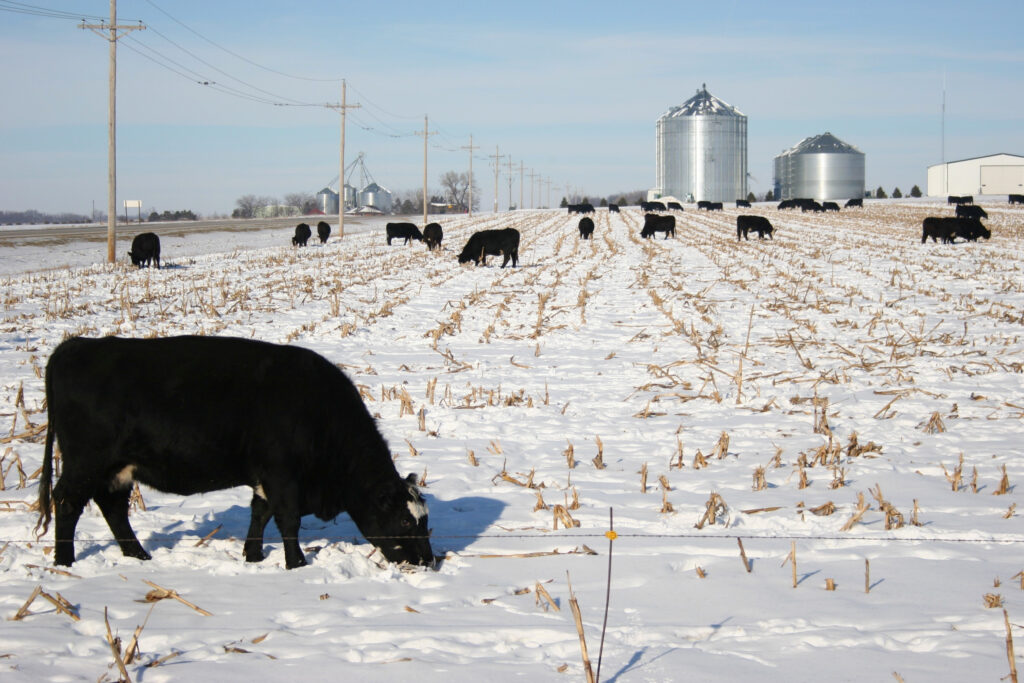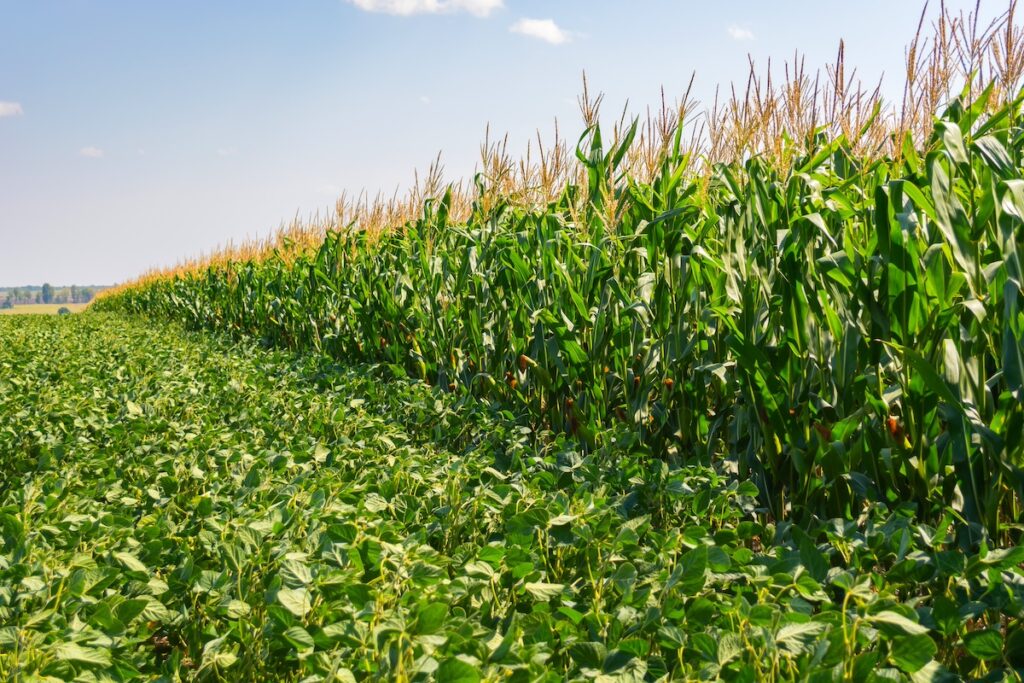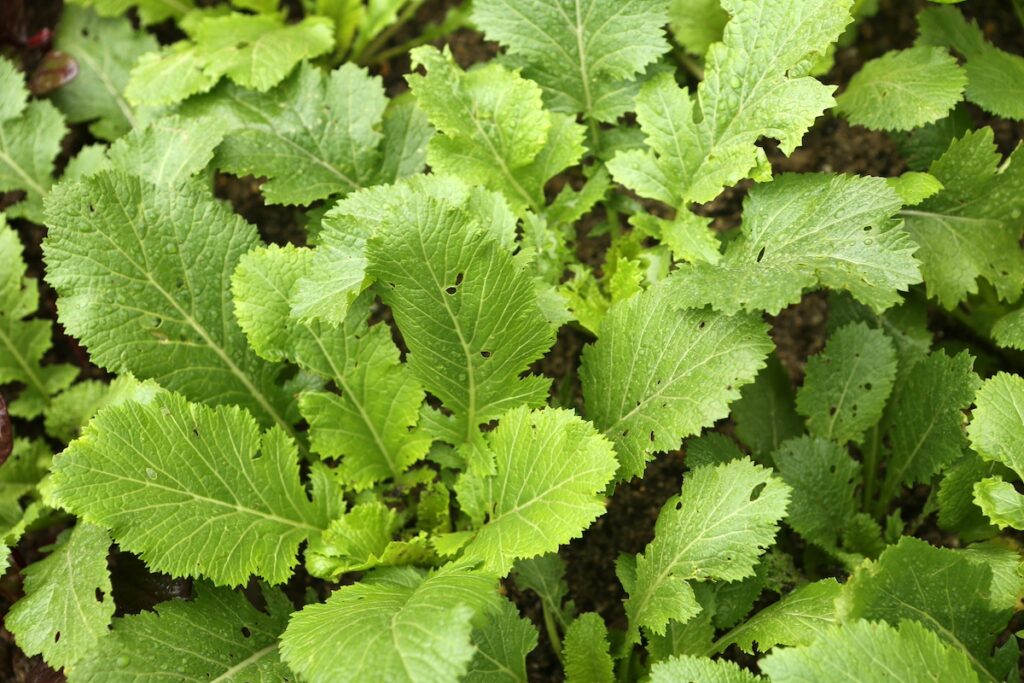At Gevo, we create a variety of fuels from bio-based feedstocks. But not all feedstocks are created equal.
We work with farmers who are focused on regenerative agriculture—a farming method that works within the circular systems of nature to not just harvest from the soil, but replenish it at the same time.
Regenerative agriculture focuses on building soil health through the use of techniques like cover crops, reduced tillage, no-till, crop rotation, nutrient management, manure, incorporating livestock, and much more. By utilizing the power of nature’s processes, regenerative farmers can improve yields, reduce soil erosion, and decrease the use of synthetic fertilizers and energy-intensive equipment.
Why Regenerative Agriculture?
We already know that bio-based renewable fuels made from American-grown feedstock, go a long way to enhancing efficiency. How that feedstock was grown matters, too.
Conventional agriculture makes frequent use of pesticides, insecticides, fertilizers, and tillage to grow crops like corn. While these processes can often help guarantee yields, they are also incredibly energy intensive.
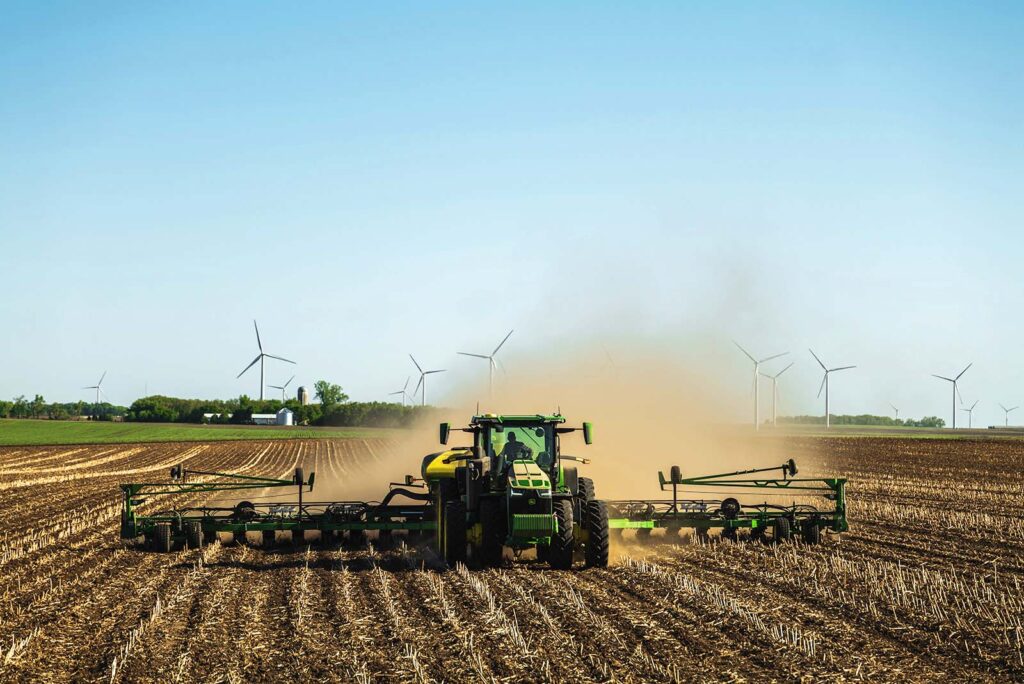
In contrast, regenerative agriculture not only reduces reliance on pesticides and fertilizers but maintains the integrity of the soil. This, in turn, expands the crop’s capacity for building organic matter in the soil—meaning the soil gets better with every corn stalk.
Regenerative agriculture has the potential to increase yields with lower costs while working to make the soil better. Regeneratively grown corn and other cash crops can also garner higher prices for farmers, making regenerative feedstocks a win-win for farmers, consumers, and the bio-based renewable fuels industry.
Regenerative Agriculture Starts in the Soil
Soil health is the cornerstone of a regenerative cropping system. Finding the right balance of nutrients allows farmers to improve yields, diminish pests, reduce soil erosion, and increase soil resilience. Soil contains billions of microbes, bacteria, fungal networks, and living organisms that make up the soil ecosystem.
Crops like corn need a specific balance of nutrients, such as nitrogen, phosphorus, and potassium, to maintain high yields. Practices like over-application of pesticides, insecticides, and fertilizers or consistent soil tillage can destroy the fragile network of living things within the underground soil layer, cutting off their linkage to the plants.
Healthy soil containing a variety of microorganisms can encourage increased organic content when combined with a plant’s photosynthetic process, allowing crops like corn to feed people and animals and produce bio-based renewable fuels.
That’s why Gevo partners with regenerative farmers to produce our feedstock—because when you invest in the soil, you get results.
Regenerative agriculture techniques

What are the building blocks of regenerative agriculture, and how might it be different from the farms you know? Take a look at just some of the ways the regenerative farmers working with Gevo do things a little differently:


